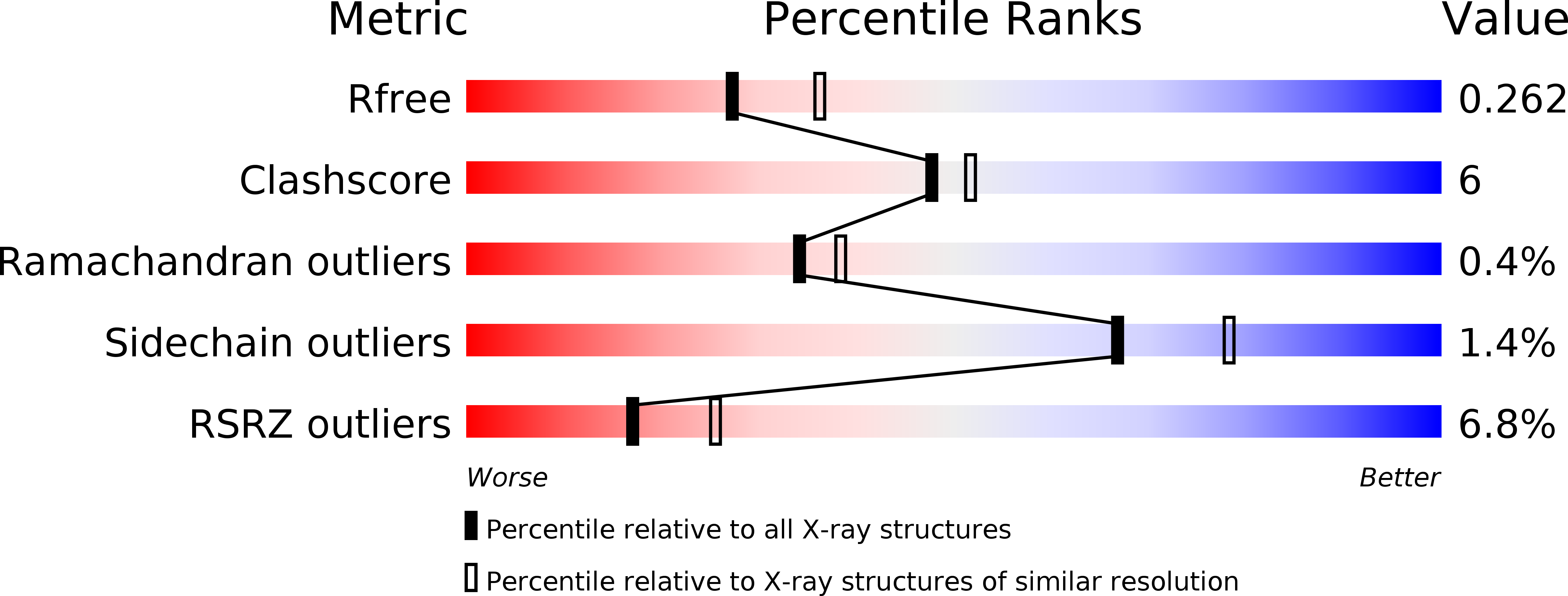
Deposition Date
2015-12-07
Release Date
2016-03-23
Last Version Date
2023-09-27
Entry Detail
PDB ID:
5F74
Keywords:
Title:
Crystal structure of ChREBP:14-3-3 complex bound with AMP
Biological Source:
Source Organism:
Mus musculus (Taxon ID: 10090)
Rattus norvegicus (Taxon ID: 10116)
Rattus norvegicus (Taxon ID: 10116)
Host Organism:
Method Details:
Experimental Method:
Resolution:
2.35 Å
R-Value Free:
0.25
R-Value Work:
0.18
R-Value Observed:
0.19
Space Group:
P 42 2 2


